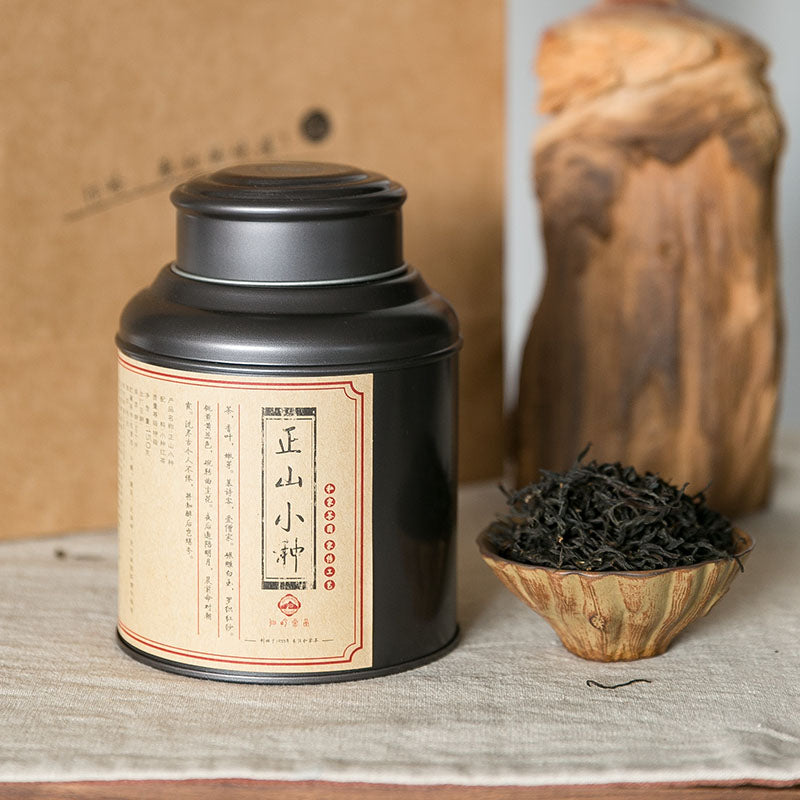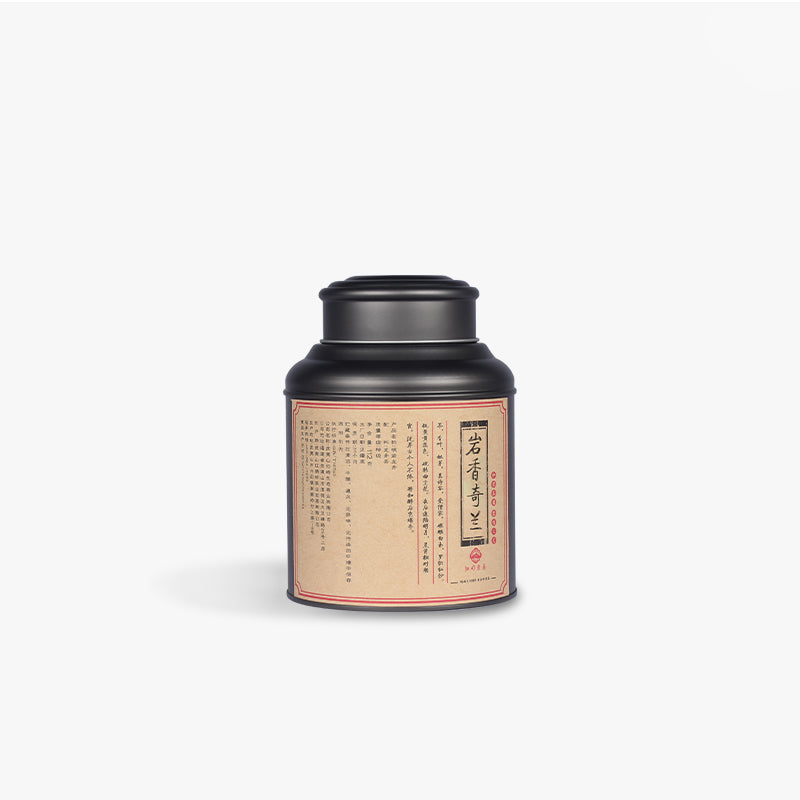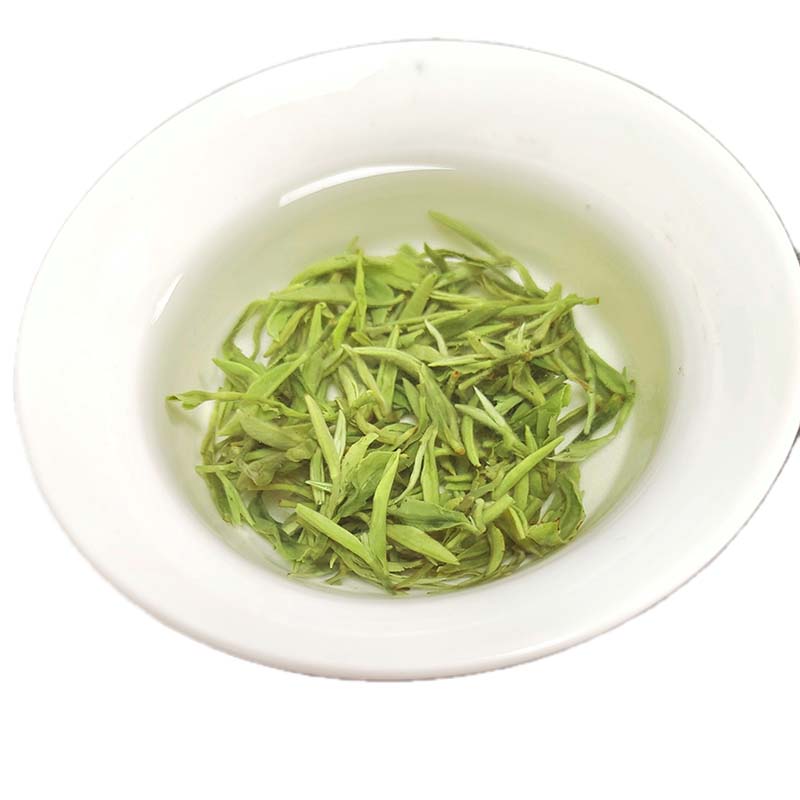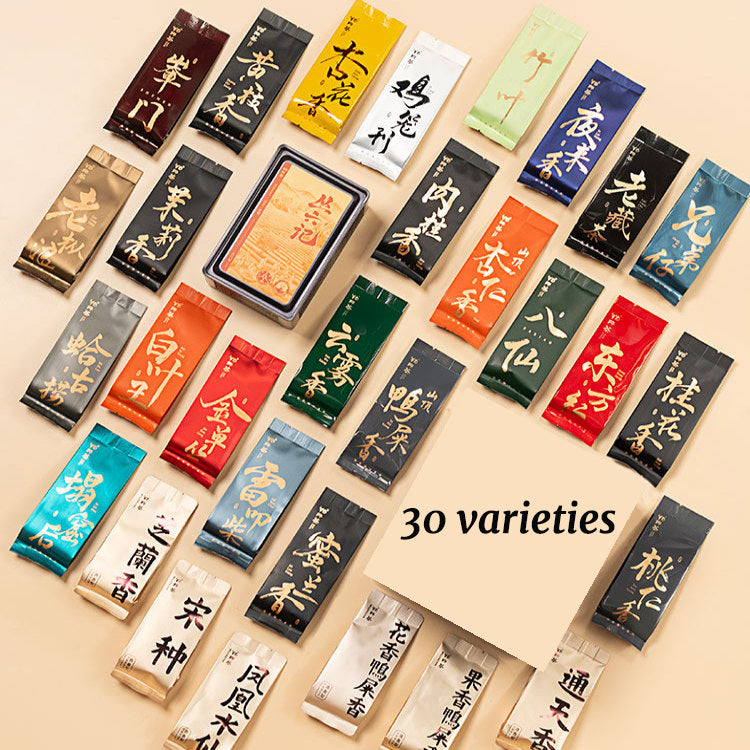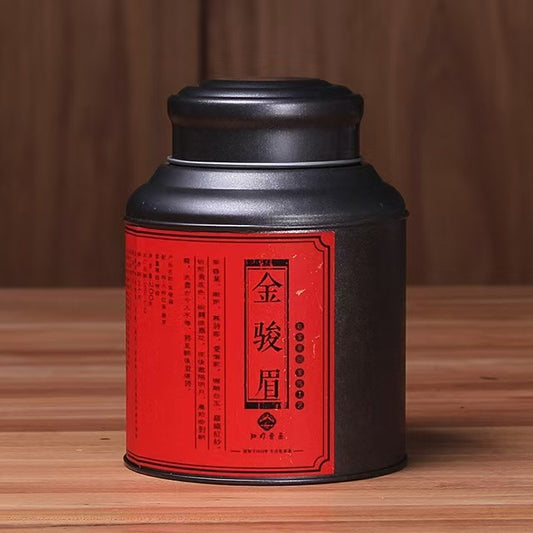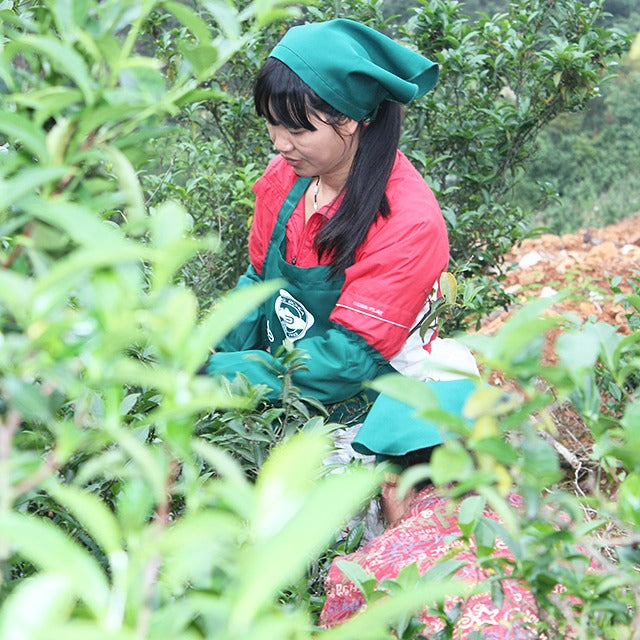Black Tea vs Oolong Tea A Journey Through Flavor and Craft
Black Tea vs Oolong Tea A Journey Through Flavor and Craft
While many tea enthusiasts are already familiar with the defining features of black and oolong teas, there is continuous delight and discovery in revisiting their origins, production techniques, and nuanced flavors. Both types of tea are deeply rooted in history and craft, offering a rich tapestry of experiences that can transform an ordinary moment into a cherished ritual.
Black tea, known for its robust and full-bodied character, is a staple in Western households. Its journey from the tea gardens of Assam, Darjeeling, and the Yunnan province in China to our teapots is one of meticulous craftsmanship. The leaves undergo a full oxidation process, which gives black tea its distinctive dark color and varying flavor profiles, from malty and sweet to bold and brisk. This makes black tea a versatile companion to a variety of foods and a comforting choice for those who enjoy a strong, invigorating cup.
On the other hand, oolong tea is a masterpiece of balance. It lies somewhere between black and green tea, offering a spectrum of tastes that range from floral and fruity to woody and roasted. The magic of oolong tea is in its partial oxidation and the complex, artisanal process it undergoes. This includes withering under the sun, cooling, tossing, and finally, repeated rolling and roasting. Such attention to detail is often seen in Taiwan's high mountain oolongs or China's famed Tie Guan Yin. The care involved in crafting oolong tea results in an experience that lingers long after the last sip.
Selecting between these two teas feels akin to choosing between a classic novel and a complex poem. Black tea, with its straightforward intensity, is like reading a beloved story that you return to for comfort and familiarity. Meanwhile, oolong tea offers a layered narrative; each sip can reveal new notes, much like a well-crafted verse that invites contemplation and exploration.
Brewing these teas also requires a distinct approach. Black tea enjoys a hotter, longer brew to fully release its flavor, while oolong demands a more delicate touch, with a slightly cooler water temperature and shorter infusion time to preserve its intricate nuances. This subtlety in preparation speaks to the respect and mindfulness each tea requires and deserves.
In the end, neither tea is superior to the other. They are unique expressions of the same plant, teaching us about the diversity of nature and human craftsmanship. As you sip your next cup, consider the journey of the leaves, the hands that crafted them, and the conversations and moments they will accompany. In the world of tea, every choice is rich with possibility, and each cup is a new chapter in your personal tea story.

